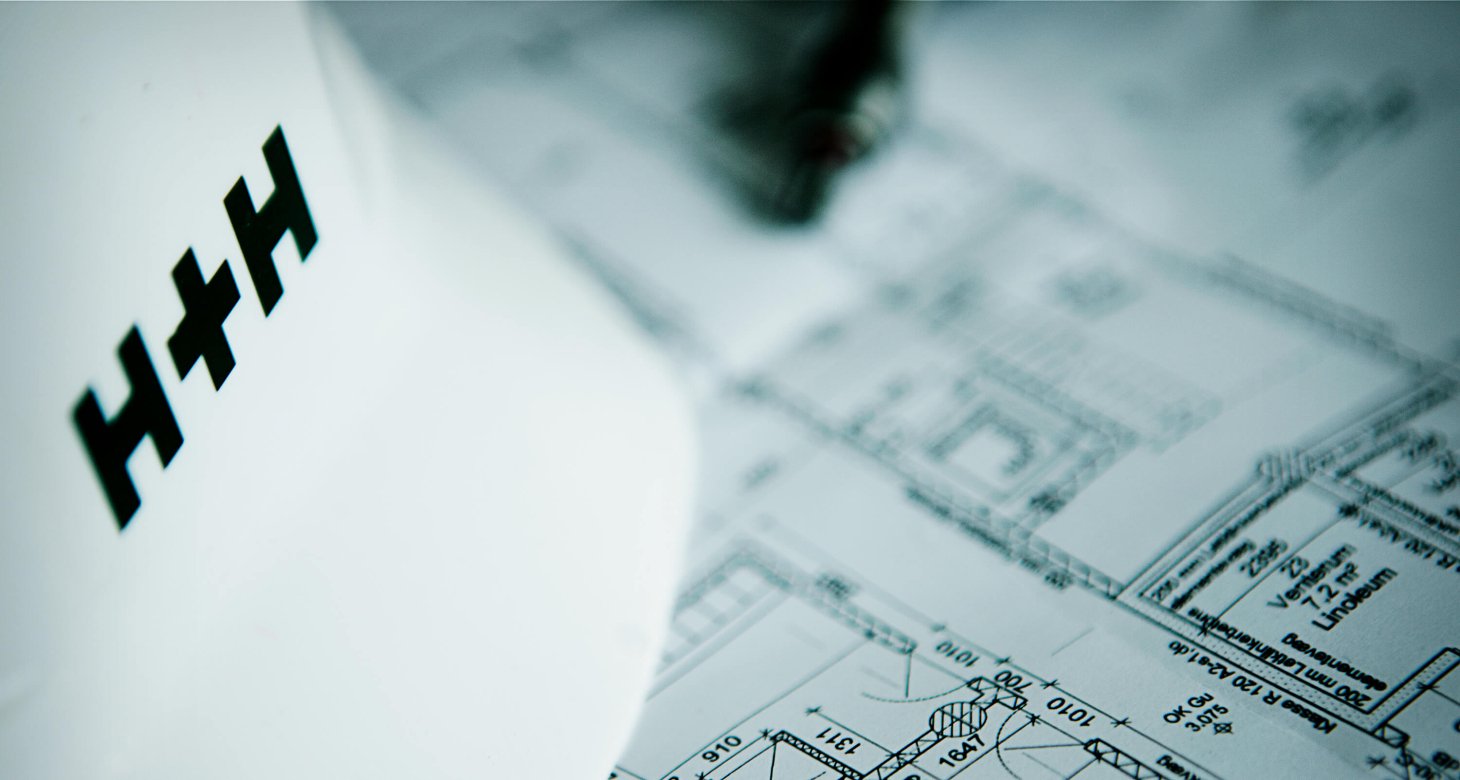
Housebuilders could save up to £60/m2 on build costs by using aircrete blocks and calculated values for fabric thermal bridges according to research commissioned by aircrete block manufacturer H+H UK Ltd.
A linear thermal bridge occurs where the continuity of external fabric insulation is interrupted at the junction of an internal wall, floor and the roof, or where the geometry of a junction means heat flow is increased. The rate of heat flow per unit length of a fabric thermal bridge is known as the psi-value.
The Building Regulations take account of the additional heat losses associated with thermal bridges, which can be as much as 50% of the heat lost through the building fabric. The Standard Assessment Procedure (SAP) is the methodology used by Government to assess and compare the energy and environmental performance of dwellings. SAP calculations take into account psi-values.
SAP is cited in Part L of the Building Regulations in England and Wales as a means of assessing dwelling performance. That means that housebuilders have to take account of heat lost through linear thermal bridges if a scheme is to comply with the Building Regulations.
There are four ways that housebuilders can take account of psi-values. They can use the government’s Approved Construction Details or SAP default values; both of which are generic and hence expensive to implement. They can use calculated bespoke values, such as those published by Construction Details Ltd or by LABC, which provide an extensive range of achievable, cost effective solutions for various junction details using aircrete. Or, if a designer decides not to calculate the thermal bridges, they can use a default value instead, known as the y-value. This assumes 50% of a houses fabric heat loses are from thermal bridges; this must be compensated for by increasing insulating value of the fabric elements.
Research carried out by Calford Seaden for H+H UK Ltd found that the extra cost of insulating the fabric elements if default psi-values were used, when compared to the cost of a solution based on calculated psi values can be as much as £60/m2. And that while there is a significant increase in build costs the increase in design costs for a calculated psi-value solution is minimal.